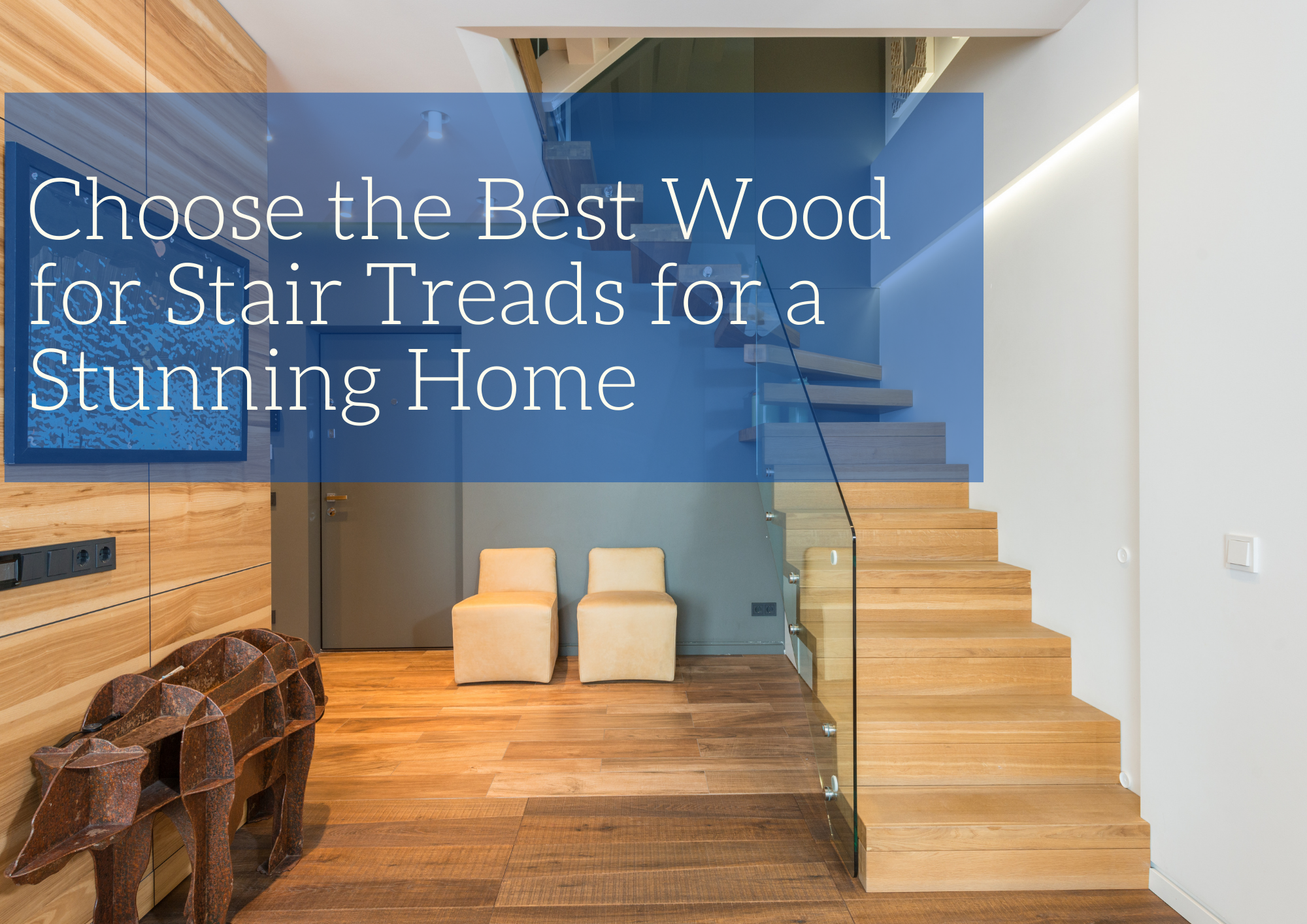Recent Posts

Stairs are a major focal point in any home and can often be seen from all angles, making them essential to creating a beautiful interior. The type of wood you select can have an enormous impact on how the staircase looks and feels. With so many different types available, it can take time to know which is best suited for your project. Fortunately, understanding more about popular wood varieties will help you make an informed choice that meets both your desired style and long-term durability needs, ensuring a gorgeous final result!
Oak stair treads are becoming a popular choice for homeowners seeking to add a touch of elegance and sophistication to their stairs. Not only do the rich color and intricate grain patterns add a measure of class to any staircase, but oak is also renowned for its unmatched durability. An investment in oak stair treads provides years of beauty, strength, and reliability that few other materials can match. Furthermore, with the wide variety of shades, grains, and textures available, it’s easy to find the perfect oak stair treads to suit any size or style of staircase.
Wood stairs made of hickory are another popular wood option. Hickory’s resilience is one of its most appealing characteristics. Hickory stair treads may be your best choice if you’re worried about the longevity of your new stair treads. The bright, natural vibe is enhanced by the striped brown and white slabs. Hickory is stunning in any space, but it especially complements the rustic style since each tread has its own unique set of colors.
Pine is an economical and widely accessible wood that holds up well over time and does not contract or expand too much. However, due to its light weight and softness, it is easily dented or scratched during normal household use. When utilized as stand-alone hardwood treads, it is less durable.
Maple’s neutral brown and white tones make it a versatile wood, allowing it to complement any current style while adding richness and charm.
Maple stair treads are second only to hickory in terms of durability, withstanding foot pressure for decades. Maple stair treads, like hickory and oak, are sold in the middle of the wood tread pricing range.
Walnut is one of the most costly tread materials available. The rich brown tone of the wood is perhaps the most noticeable aspect, adding warmth to any space. It also conceals dust and debris better than lighter woods, making it a good choice for stair treads. In addition to its darker color, walnut is recognized for its vivid wood grain coloring. But the main disadvantage of walnut stair treads is their short lifespan. Despite its higher price, walnut is not as long-lasting as hickory or oak.
Wood is a classic and beautiful material for stair treads, but it’s important to choose the right type of wood for your needs. If you need help choosing the best wood for stair treads, contact us today! We would be happy to help you select the perfect type of wood for your project.
Visitors welcome by appointment only.
Copyright © 2025 Old World Timber. All Rights Reserved.